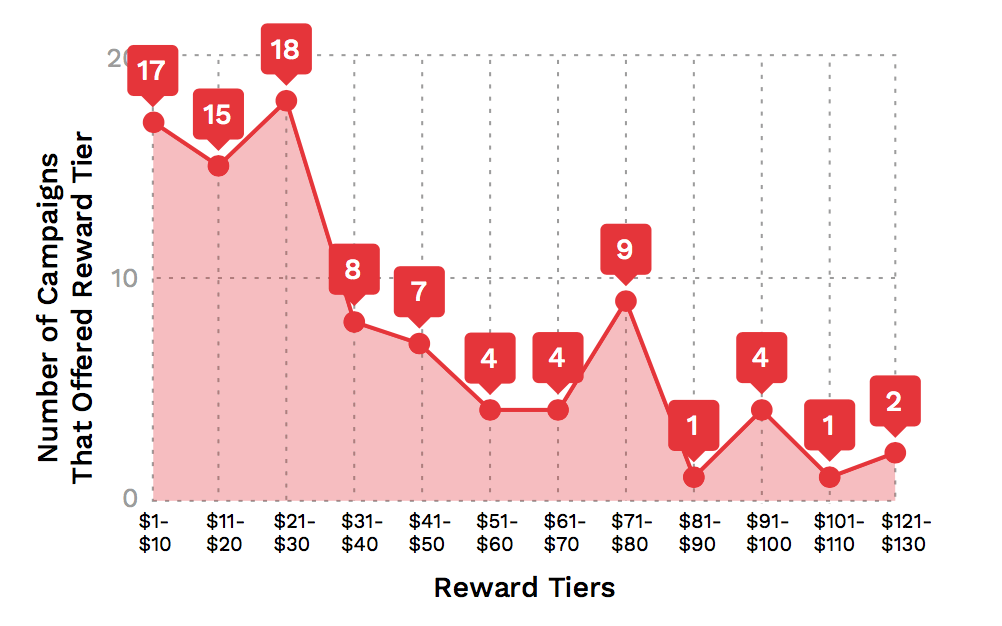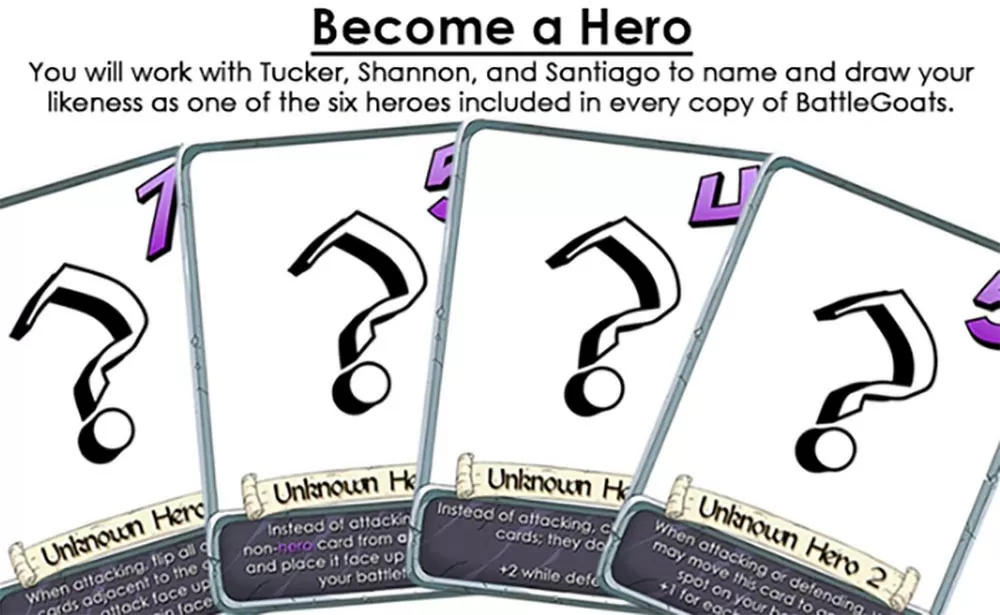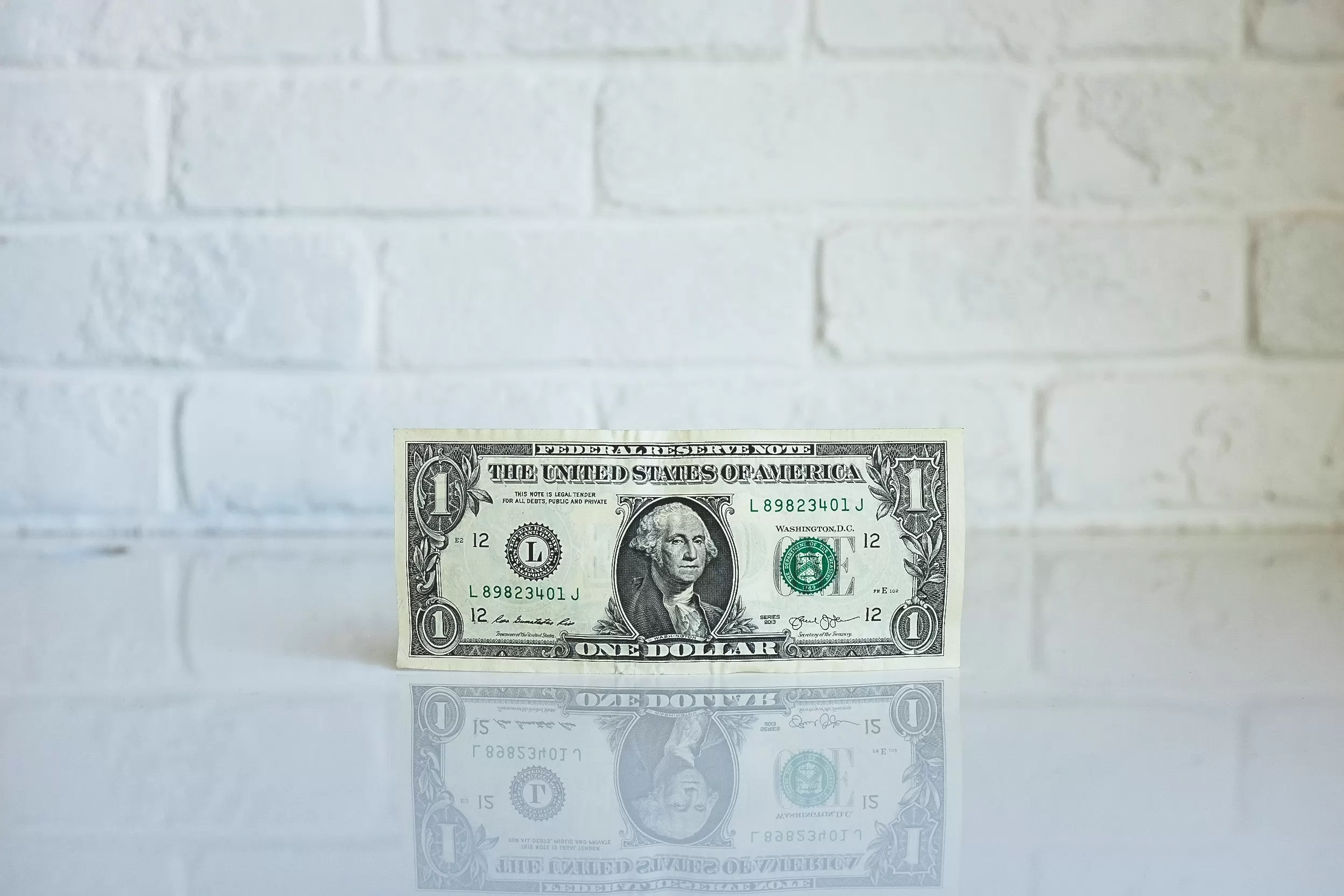PrintNinja - online printing made easy for creators
Kickstarter Reward Ideas
If you need some great Kickstarter reward ideas, we’ve got you covered. Read on to find out how to determine the best rewards for your campaign.
If you look at the most successful tabletop game campaigns on Kickstarter, you’ll find the common denominator is well-executed reward tiers. Creators who are new to Kickstarter often believe they’ll see better results by offering as many reward tiers as possible. If there’s an option that exactly suits every potential backer, you’ll maximize the number of backers you get, right?
Studies have shown that too many choices paralyze buyers and make them less likely to make a purchase. We recommend limiting your rewards to about five relevant, low-maintenance options.
Learn from the Best
Now that you have a rough estimate of your production cost for the game itself, you need to determine the structure of your reward tiers. We looked at 20 successful board game and card game Kickstarter campaigns to get a sense of the average distribution of tiers. This is a small sample, but it’s a good way to get started. We encourage you to research successful campaigns for games similar to yours to get a sense of how backers in your category tend to spend.
- First takeaway: You don’t need a huge number of reward tiers. The average campaign offers five, but three or four are plenty. Focus on quality of reward, not quantity of tiers.
- Second takeaway: $25 is the most popular reward size on Kickstarter. There are a lot of people willing to spend that much on a reward, and it’s a fair price for most games.
Now, let’s dig a little deeper into what we found:

In the 20 board and tabletop games we looked at, 90% offered a tier between $21-$30, 75% offered a tier between $11-$20, and 85% offered a tier between $1-$10. This is a small sample of campaigns, but indicates that most rewards are on the less-expensive end of the scale.
Some campaigns also offered a higher tier reward in the $71-$80 range, and a few offered an even more expensive luxury tier.
Based on our (small sample of) data, we’d recommend four tiers in these ranges:
- $1-$10
- $11-$20
- $21-$30
- $91-$100
Do what makes sense for your campaign and your audience. Most backers are willing to spend $11-$30 on a game, but not every game can reasonably be manufactured and sold at that price. Use this data and insights from Kickstarter games similar to yours to predict the distribution of backers you can reasonably expect.
Costs to Consider
It’s easy to come up with a long list of potential rewards for your campaign: t-shirts, patches, buttons, stickers, posters, bobbleheads. The difficult part is narrowing down that list to rewards that will make sense for your campaign. There are two sides to the problem: figuring out what rewards people will want, and figuring out what rewards you can afford to produce.
Product Cost
Start by getting quotes from custom printers or manufacturers. Keep in mind that producing small quantities of any product will have a higher per-item price tag, but producing large quantities might leave you with leftovers. Keep your list of rewards short. As you plan, keep in mind that each reward will need to sell in high enough quantities to cover production costs.
Shipping
Try to limit yourself to rewards that can ship inside of your game box, or at least in the same package. If you need to ship two packages to the same address, you’re wasting time and resources. Get creative by offering rewards that enhance the game’s appearance, like specialty foil or glow-in-the-dark printed editions.
Next, estimate how much it will cost to ship each reward based on the weight it will add to your package. You can keep track of shipping costs using our Kickstarter Calculator.
Time and Labor
Be realistic about how long it will take to hand-make rewards. Limit handmade rewards by quantity, or price them in high enough tiers to justify the time investment.
Target Your Audience
Once you’ve got a sense of what rewards you can afford, consider your audience. Who are your backers? Depending on your game and target audience, your potential supporters will have different reasons for backing you. Come up with a strategy that satisfies each of those groups without overextending and offering too many rewards.
Don’t forget you created your campaign so you could make a game. Your game should be the backbone of your rewards structure, with the rest of the rewards designed around it.
Five Kickstarter Reward Ideas
Ready for some specifics? These rewards will keep shipping costs low, keep your campaign simple, and cover all your bases with different groups of backers.
Digital gratitude
Some friends will want to just throw in a few bucks. Be sure you have an inexpensive reward that shows your appreciation without too much work on your end, whether it’s an email, a thank-you list on your website, or a digital copy of your game which can be print and cut out to play.
Your Game
Most backers who fund your project will do so because they’re interested in your game. Make it your main reward, at an accessible price that covers your production and shipping costs.
You can expand on this reward by adding multi-packs, variations, or expansions as higher tier rewards. Some popular games offer exclusive Kickstarter editions, which urges backers to act fast.

Exclusive Access
Kickstarter backers tend to be early-adopters who like to support artists and creators, and offering them exclusive access can be a great incentive. A behind-the-scenes blog, exclusive live stream, or private event welcomes backers into your creative process and personalizes your game, making them more likely to remember you and back your future projects.

Original Art
Original art can be powerful, incorporating your backers into your process and producing a unique memento. Exclusive sketches and drawings are a low-cost option, but be sure to estimate how much time it will take.
Creating a character based on a backer is a popular top-tier reward in tabletop games. had great success with a $399 “Become a hero!” reward. If you’re the artist, you pay for your material and time. If you’re not the artist, factor in paying your artist a fair price for their additional work.
Carefully Considered Merchandise
Creators often go straight to merchandise, but it’s the most difficult type of reward to get right. Friends and family might buy and wear your t-shirts as a sign of support, but garnering the same kind of support from a wider audience may be tricky. On top of that, design, printing, and shipping costs tend to be high, especially if you have to order a smaller quantity. Include merchandise only if you’re confident that it’s well-designed, won’t break the bank, and is something your backers will want.
Our Sample Reward Structure
It’s tempting to create reward tiers that seem like your backers are getting a lot for a small contribution, but reward tiers are designed to incentivize your backers and to help provide you money to fund your game. Be unapologetic about covering the cost of your game and rewards, and factor in packaging and shipping costs.
We’ve given you a lot to think about, but looking at a sample structure can help clarify your ideas. Remember, this is just a guideline, and your campaign should be customized based on your costs, audience, and strengths.

$1: Digital high-five.
A digital-only reward for people who are interested in supporting you without the commitment.
$15: Your game.
A copy of your game without all the bells and whistles.
$25: Your game + an expansion pack.
Maybe that’s an extra deck of cards or extra character pieces.
$80: Special limited edition.
Your game, with a glow in the dark box, foil-printed decks, or a limited edition board.
$350: Your backer, in the game.
A card or playing piece based on your backer’s likeness included in the base version of your game that all backers receive.
Remember that you don’t want to overwhelm your backers. Depending on your game and skillset, you might swap out the limited edition for some custom artwork or behind-the-scenes access, but it’s best to limit your overall list to just a few items.
Remember, if you’re receiving exceptional support or a lot of special requests, you can always add more rewards as the campaign progresses.
Ready to learn more about creating your own Kickstarter? Check out our hub page for more guides, our crowdfunding success stories, and more!
Download this content as an Ebook and read on your tablet.